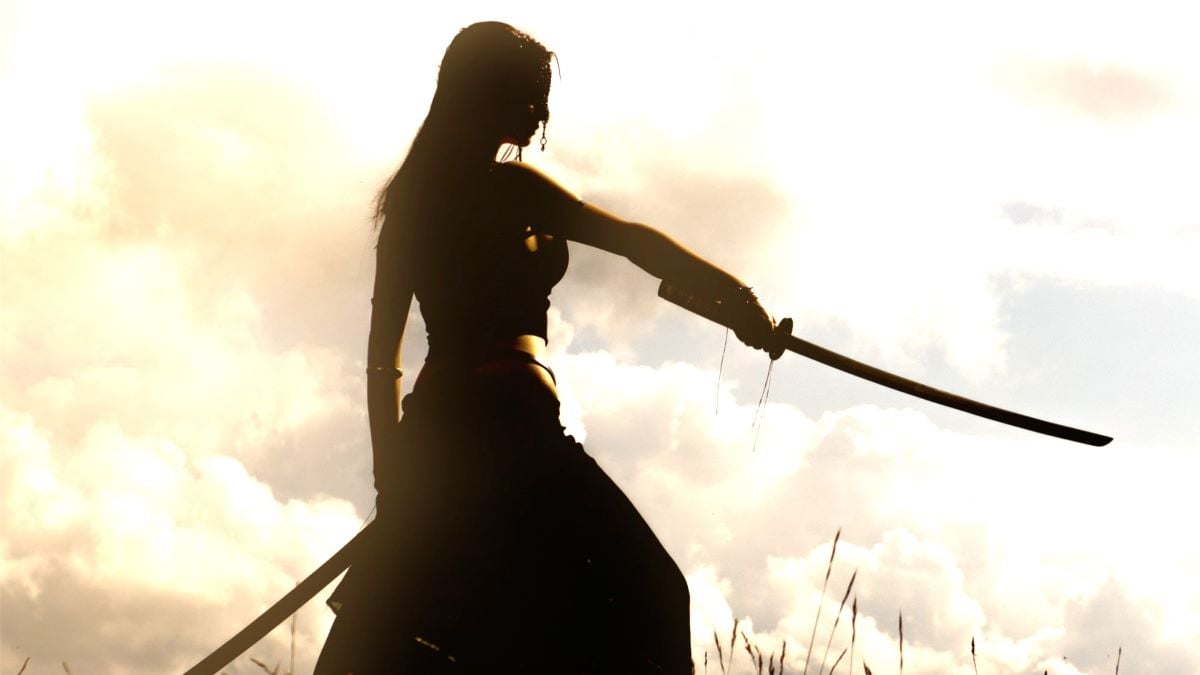When most people think of samurai, they automatically picture a stoic warrior with a sharp sword and an even sharper sense of honor. It’s a powerful image, almost always male.
And honestly, I can’t blame you for that mental snapshot. After all, Japan was a strict patriarchal society, influenced by Confucian ideals, where women were often seen as second-class citizens. They were expected to be obedient wives and mothers, and their primary role was to support their husbands and raise their children. Despite this rigidity, there were still plenty of women who managed to break free from society’s expectations.
Yes, Feudal Japan (1185-1603) had its share of female samurais, and these samurai were often referred to as “onna-bugeisha.” They were part of the bushi (samurai) class and engaged in combat alongside their male counterparts. Why haven’t we heard much about these warrior women? Well, history books tend to have a male bias, and the stories of these female fighters were often overshadowed by their male relatives. The onna-bugeisha were trained to use weapons and tactics to protect their households, families, and honor in times of war, especially when the men were away at battle.
The most recognized weapon of the onna-bugeisha is the naginata, a pole weapon with a curved blade at the end. It was particularly suited for women as it allowed them to keep opponents at a distance, compensating for the disadvantage in physical strength compared to men. Onna-bugeisha also learned to use the kaiken—a type of dagger—and the art of tantojutsu, which involves fighting with a knife. One of the most famous onna-bugeisha was Tomoe Gozen, who is known for her prowess in the Genpei War. Described in the “Heike Monogatari” (The Tale of the Heike), Tomoe was so skilled that she once collected the heads of seven mounted warriors in a single battle.
But Takeko wasn’t the only one. Another famous female samurai was Nakano Takeko, known for her bravery and skills in combat during the Boshin War. Nakano Takeko’s life came to a tragic end during the battle when she was fatally shot.
Unfortunately, female warriors were on the decline after the 1600s. After centuries of civil war, Japan was finally unified under the Tokugawa shogunate in the early 17th century. The Tokugawa shogunate heavily promoted Confucian ideals, which emphasized the subordination of women to men. On top of that, the samurai class faced economic hardships, as they were no longer needed as warriors but were still required to maintain their social status. Many samurai families could no longer afford to train and equip female members as warriors.

